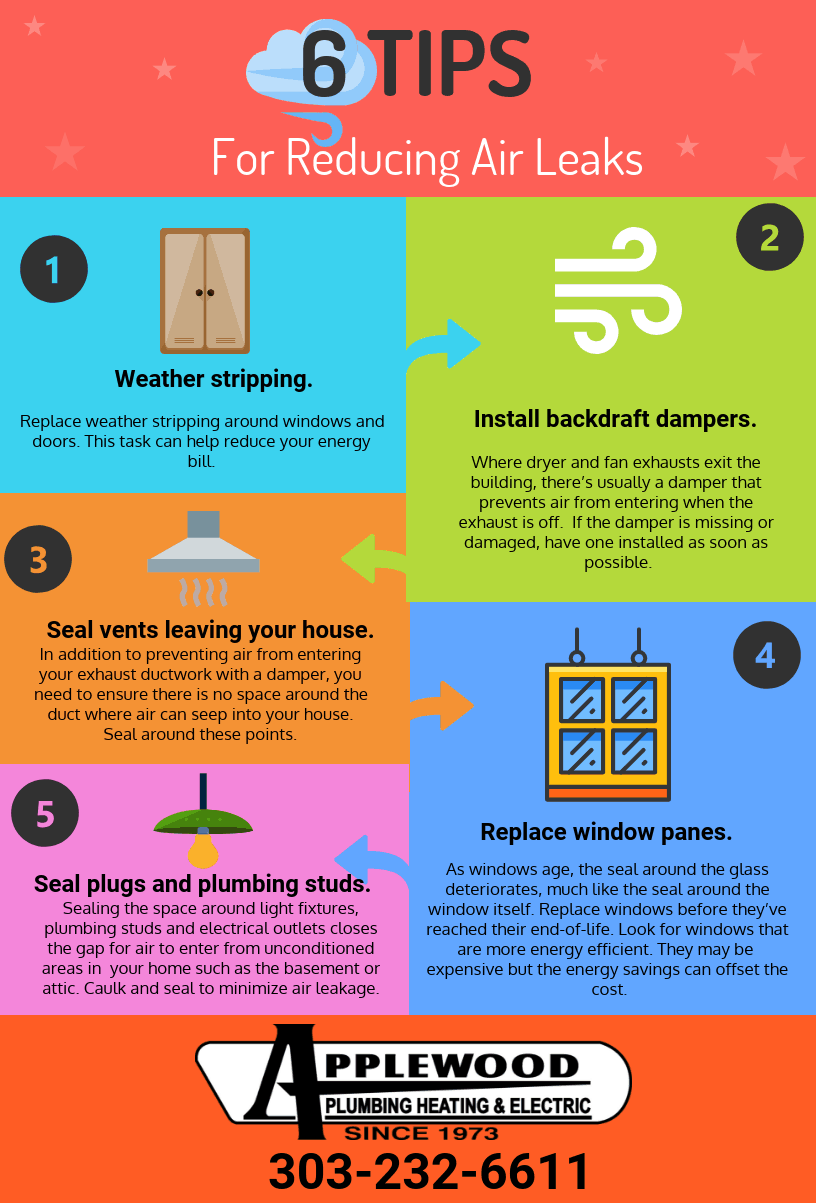The Most Efficient Pressure Cleaning Practices For Every Single Surface Classification
The Most Efficient Pressure Cleaning Practices For Every Single Surface Classification
Blog Article
Produced By-Coley Hodges
When it comes to push washing, the strategy you pick can make all the difference in achieving a tidy, streak-free finish. You could discover that hard surfaces, like concrete, require a various strategy than softer materials, such as wood or vinyl. It's necessary to adapt your techniques to the surface area kind to prevent damage while making the most of cleaning performance. So, what are the best techniques for each surface, and how can you guarantee you're using the appropriate setups and tools for the job? Let's discover what you need to understand to obtain the most effective results.
Tough Surfaces
When it comes to pressure washing hard surfaces, prep work is vital. Before you even think about taking out the pressure washing machine, make the effort to clear the area of any type of debris, furnishings, or obstacles. You do not want anything entering your way or possibly destructive your equipment.
Next, inspect the surface for any kind of cracks or damage; this will assist you figure out the best technique and stress settings.
As soon as you have actually prepared the area, it's essential to pick the appropriate nozzle. For hard surfaces like concrete or brick, a slim nozzle (15 or 25 levels) works best to provide a focused stream of water that can properly eliminate grime and spots. Always start at a distance and gradually relocate closer to avoid any kind of surface area damages.
As you begin washing, maintain the wand transferring to stop touches and over-saturation. It's likewise handy to function from the top down, permitting dust and debris to get rid of normally.
Ultimately, remember to wash the surface thoroughly after cleansing to get rid of any type of remaining detergent. With these methods, you'll accomplish a tidy and rejuvenated look on all your tough surfaces.
Soft Surfaces
Stress cleaning soft surfaces requires a gentler approach to secure them from damages. Whether you're cleaning your deck, outdoor patio furniture, or house siding, utilizing way too much stress can lead to dents, scrapes, or even permanent damage.
Start by choosing https://www.express.co.uk/life-style/property/1584508/cleaning-tips-hacks-mrs-hinch-how-to-clean-carpets-shaving-foam -pressure nozzle, ideally a 25-degree or larger spray pattern, to disperse the water much more gently.
Prior to you begin, it's important to pre-treat any kind of stains with an appropriate cleaning remedy. This action permits the cleaner to penetrate the dust and grime, making it less complicated to wash away without rubbing too hard.
Always apply the option from all-time low as much as prevent spotting.
When you start pressure washing, preserve a distance of at least 12 to 18 inches from the surface. Move your stick in a sweeping movement, maintaining it parallel to the surface to avoid concentrated pressure on one place.
Rinse the location completely after cleaning up to get rid of any type of residual cleaner.
Last but not least, check the surface for any type of missed spots and repeat the procedure if required. By adhering to these actions, you can successfully tidy soft surfaces while preserving their stability and look.
Specialty Surfaces
Cleaning up soft surfaces calls for treatment, but specialty surfaces demand a lot more attention to information. When you deal with these surface areas, like fragile timber, tarnished concrete, or certain kinds of house siding, making use of the best pressure cleaning methods is vital to stay clear of damage.
First, assess the material. As an example, dealt with wood can usually endure moderate pressure, however softer woods like cedar might call for a reduced setup. Always start with professional glass cleaner and progressively increase if needed.
For discolored concrete, utilize a follower spray nozzle and keep a regular range to stop etching the surface.
When handling surface areas like plastic house siding or repainted surfaces, a large spray pattern helps distribute the pressure evenly, safeguarding the finish.
It's likewise smart to make use of detergents specifically created for specialty surface areas. They can improve cleansing without jeopardizing the product.
Rinse completely after cleaning to get rid of any residue, as it can bring about discoloration or damage over time.
Verdict
Finally, mastering pressure washing strategies for various surfaces can make all the distinction in your cleaning results. For hard surfaces, stick to narrow nozzles and a top-to-bottom technique, while soft surfaces need a gentler touch with bigger nozzles. Do not forget to pre-treat discolorations and rinse completely to stay clear of residue. By adjusting your methods to each product, you'll not only achieve a cleaner finish but additionally protect the honesty of your surface areas. Satisfied cleaning!
